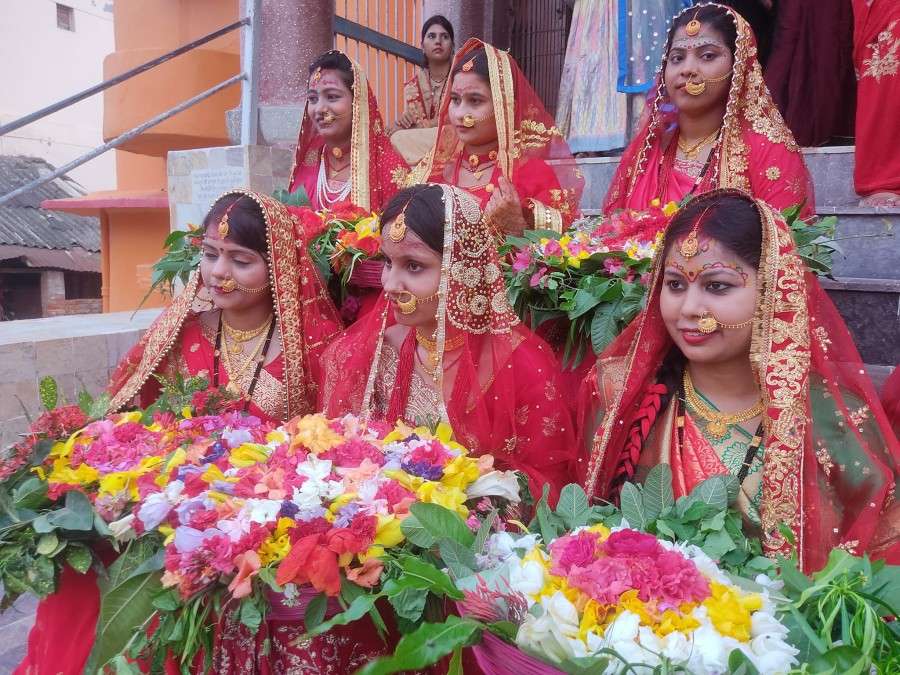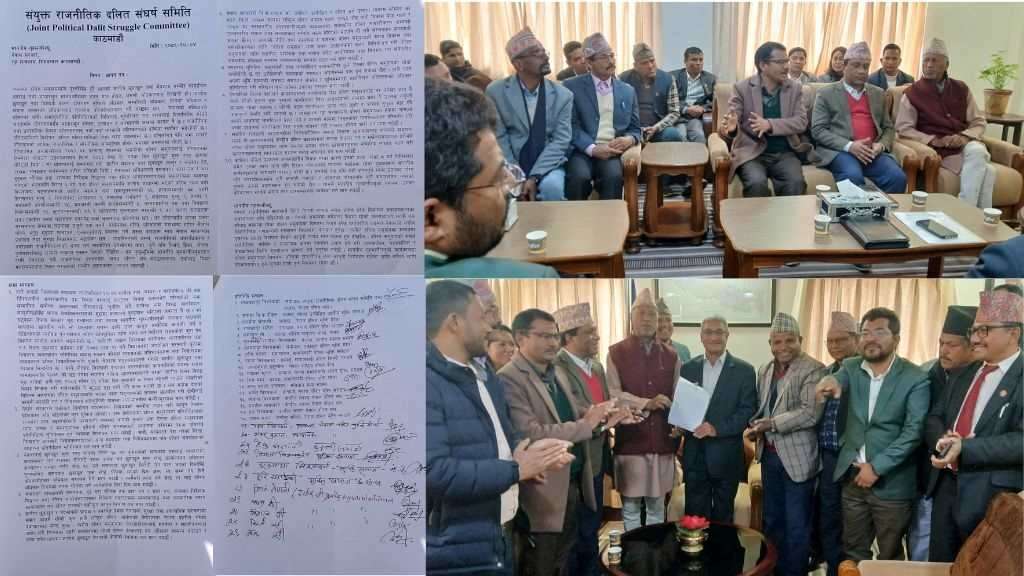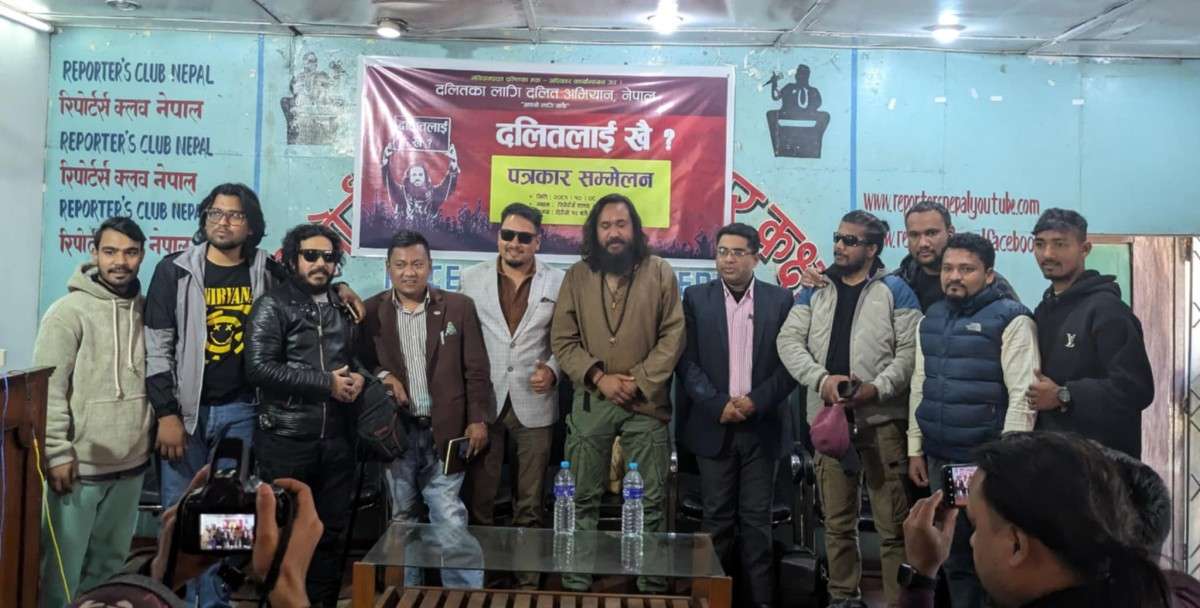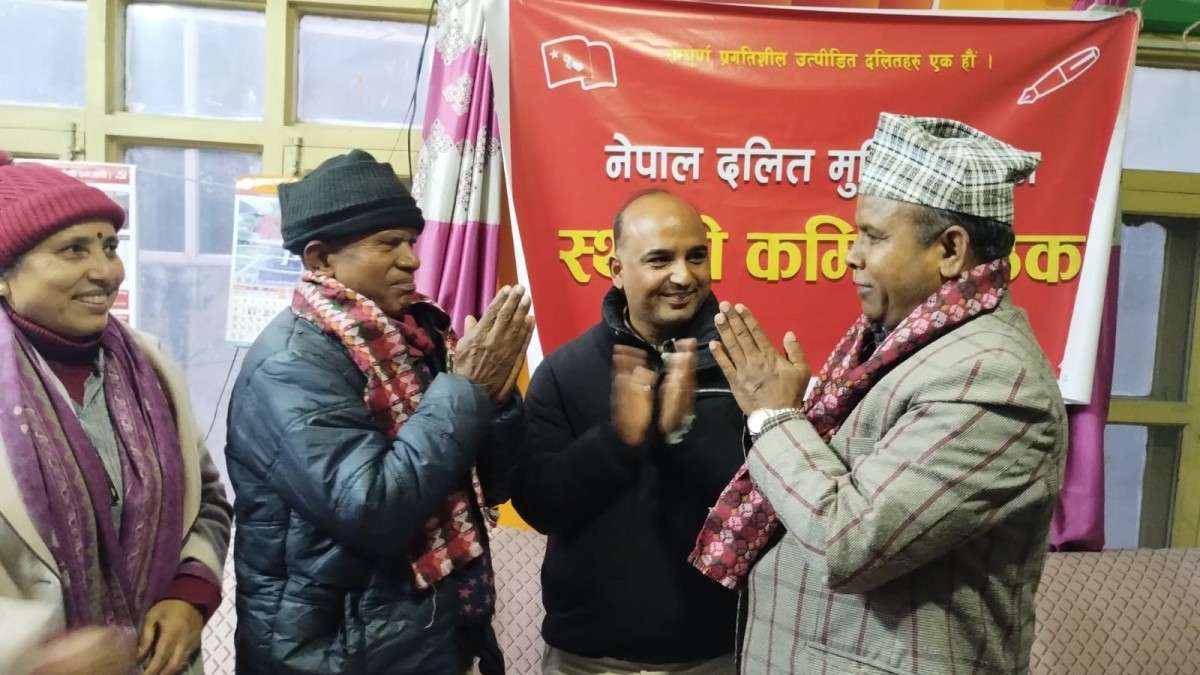Madhushravani: A festival celebrated by women of Mithila
- Dignity Post
- 14-05-2023 06:14

Madhushravani: A festival celebrated by women of Mithila
The song is dedicated to Bishari, the snake goddess who is believed to save people bitten by a snake. These days the whole of the Mithila region is vibrant with echoes of songs like the one above. Moreover, nachari (a type of folk music) and folklore are performed on the streets, in gardens and in people’s homes. The lives of newly married women are agog with excitement, curiosity and enjoyment.
Mithila culture is diverse in terms of tradition, rituals and lifestyle. One such unique festival is Madhushravani, a 15-day ritual that newlywed women participate in. The festival is celebrated throughout the Madhesh Province and the neighbouring parts of India, like northern Bihar.
This year too, the Madhushravani festival is poised to be celebrated with great enthusiasm. This year, it started on July 7 and will conclude on August 19. Additional days to the festival have been added because of the leap year.
During the ritual, women of Brahmin, Kayastha, Sonar and Dev castes fast throughout the day for around two weeks. On the final day of the ritual—which has largely been a subject of debate—the knees of the women are brought in contact with fire in a practice called ‘temi.’ This sometimes leads to burning on the skin and results in a wound.
Historically, it is believed that the bigger the wound on a woman’s knee, the longer her husband’s life will be.
However, this is being contested these days. Women’s rights activists have been raising their voices, saying it is wrong to continue such painful practices. They argue that human beings should not be pushed into enduring such cruel rituals in the name of tradition. Many believe the festival as a whole needs to be abolished.
There are also many women who want the festival to evolve in a way that doesn’t result in women going through pain. They say that it is best to transform some parts of the rituals in a pragmatic way so that the festival could be even more meaningful for its followers.
Thus, it has now become more common to practice ‘shital temi,’ where the ritual is practised without fire. Even if fire is used, they just bring an oil lamp close to women’s knees before quickly moving it away.
Besides the ‘temi’ ritual, many Maithil women have a positive view of the festival. Bharati Choudhary, a member of Sakhi-Bahinapa, a women-lead organisation, argues, “In other cultures, they have a honeymoon, but in ours, we have Madhushravani.”
Adding to Choudhary’s views, writer Poonam Jha says, “Along with justifying traditional and religious values, this festival also brings forth human values. Celebrating this festival means preserving our people’s cultural heritage and identity.”
Madhushravani is believed to have been established during ancient times to ease newly married women into their married life. Women dress up in bridal clothes, collect seasonal flowers and leaves of trees, and put them in baskets made of bamboo. They also worship Lord Shiva with his consort Gauri daily, and the senior-most woman in the family—called bidkari—narrates stories daily during the period.
A distinctive feature of this festival is that women have to read different holy stories and sing hymns daily. Similarly, they also have to worship Naga (serpent) gods, Gauri, Surya (the sun), Chandrama (the moon) and Navagrah (the nine planets).
The festival also aims to build awareness about the environment. Plants such as juhi (jasmine) and maina (taro) are used in the rituals to signify their importance in sustaining the culture.
The stories told throughout the festival make Madhushavani all the more fun. Of the many stories relating to Shiva narrated during the festival, one goes: Once, Shiva and Parvati, deeply in love, were playing in the water. In a fit of excitement, Shiva placed his semen on the leaves of five lotuses. Out of the leaves, five Nagakanyas (female serpent deities) were born. Shiva often stepped out to spend time with his daughters. Once, Parvati, unaware of the situation, spotted him playing with the girls, became angry and raised her foot to crush them. That’s when Shiva revealed the truth.
Another version says that the girls were created from Shiva’s hair that fell into the water of Sonada Lake when he was having a bath. They were born as lotuses, and he wanted to see them in their human form. Thus, his daughters Jaya Bishari, Dhothila Bhavani, Padmavathi, Mynah Bishari and Manasa Bishari emerged from the water.
Another folk story of intrigue from the Shiva Puran (a Sanskrit text) is that of Behula, the devout wife who travelled to the heavens on a raft to successfully save her husband, Lakhindar, after a snake bite. This story is also performed as a play to appease the serpent goddess Manasa.
Many of the folktales of Mithila also impart knowledge about the importance of nature for human survival. Thus, the festival is an amalgamation of kala, katha and vrat (art, stories and fasting).
The Madhushravani festival underlines the importance of relationships and the respect a new entrant to the family—the bride or the groom—deserves. The bride stays with her parents and, in some communities, even the husband goes and stays with his in-law











Conversation